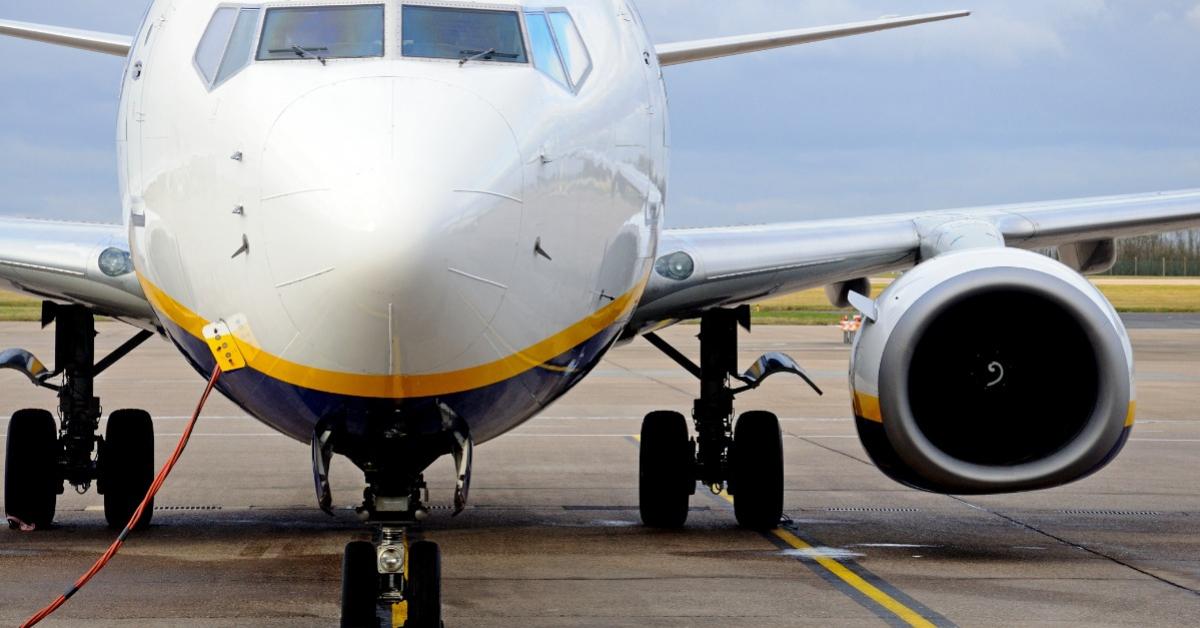On October 29, 2018, on Lion Air Flight 610 out of Jakarta, Indonesia, a Boeing 737 MAX’s safety control pushed the plane’s nose down hard, paused for five seconds, then repeated this cycle, over and over. The pilots fought to pull the nose back up, only to get overpowered again and again. The passengers fell back against their seats, then fell forward, over and over. The seconds stretched on across all these souls’ last moments alive.
On March 10, 2019, on Ethiopian Airlines Flight 302 out of Addis Ababa, Ethiopia, another Boeing 737 MAX’s safety control operated in the same way and crashed this second flight.
Deadly consequences follow when simplicity, controllability, innovation, and safety take a back seat. This happens when regulation is done not through the relentless choices of customers but instead by governments.
How Producers Learned to Stop Worrying and Love the Regulation
The National Advisory Committee for Aeronautics was created by Democratic progressives in 1915, before Boeing started in business. The Air Commerce Act was enacted by Republican progressives in 1926. From then on, civil-aircraft producers have been regulated by governments.
Regulators can’t be industrial-design peers who actively participate in design. Even if they could be, they would be few in number and wouldn’t even see plenty of contributions that are crucial to safety.
Regulators risk their reputations if they approve new products that cause harm. On the other hand, regulators face little criticism if they slow-walk or even deny approvals. As a result, regulators are strongly incentivized to severely limit innovation.
Producers, including their managers and designers, minimize their business risks by not resisting regulators and by proactively limiting innovation.
Working together as a fused government/business system, the Federal Aviation Administration (FAA) and Boeing blocked efficient new designs of Boeing 737 MAX planes. Boeing managers and designers prioritized marketability: more-efficient engines and wings, negligible training costs, and fast-enough development time, especially the certification time. They took an existing design already certified by regulators and just made modifications on it.
The existing 737 design had minimal ground clearance. More-efficient engines had larger diameters, so aerodynamics designers moved the engines forward, with their centers higher.
This affected the pilots’ control of the angle at which the plane flies through the air, which is called the angle of attack. If the angle of attack gets high enough, a plane’s wings suddenly stall and lose lift, and the plane can crash. Because of the 737 MAX’s engine placement, when a pilot throttles up, the angle of attack increases.
Even worse, as the angle of attack increases, it increases progressively faster. Imagine if when pressing your car’s brake pedal, the pedal would start out stiff but then get looser as you brake harder. It would be natural for you to lock up the brakes and crash. Piloting these planes in hard pitch-up maneuvers, it would be natural to pitch up too far, stall, and crash.
Compensating controls would need to be added to make these planes not pitch up when a pilot throttles up as well as pitch up proportionately when a pilot pulls back on his control column. However, the control designers didn’t add such intuitive, continuous basic control; they only added overpowering, abrupt safety control.
The original angle-of-attack safety control used a single sensor, and these sensors can fail if they hit a bird or ice up. When this sensor failed, the control would pitch the plane’s nose down, pause five seconds, and repeat until the plane crashed.
The current fix by Boeing managers and designers, approved by FAA regulators, ensures this control doesn’t override the pilots’ control-column commands. Also, the control uses two sensors, and if the sensors don’t agree, the control doesn’t take action at all. The control will also only take action once. Now, if a single sensor fails or the control takes action one time, the control doesn’t take action for the remainder of a flight.
Better, more intuitive control is still required. The plane’s angle of attack is still intrinsically poorly controlled. This controllability still isn’t improved by intuitive basic control and is barely addressed by the safety control that’s approved by government regulators.
If Regulation Were by Customers
Regulation by governments could simply be eliminated. Civil-aircraft producers already have every incentive to keep everyone alive and satisfied. Even so, producers need to not be incentivized by government regulators to compromise and instead be incentivized by customers to improve.
Restoring producers’ full freedom to optimize products would significantly advance safety and value. Restoring producers’ clear responsibility would further incentivize producers to protect the safety of their customers. When responsibility is more concentrated, producers manage safety risks and consequences better and prevent more losses.
Also, when losses do happen, producers are better at preventing subsequent losses. After the Bhopal chemical disaster, these customer-regulated producers in the chemical industry quickly collaborated with peers and outsiders to understand all that went wrong and prevent all kinds of avoidable disasters from happening in the future. Government regulation arrived only much later.
Under regulation by customers, producers aren’t forced to dilute their efforts just to make their liberty and property at least somewhat secure from regulators in governments. Plus, when producers have minimal distractions, small, lean teams of people can then perform their core tasks best. It becomes efficient for producers to develop new, better designs faster.
This becomes a competitive necessity. The customer-regulated computer producers haven’t harmed people, and they’ve increased computing efficiency approximately exponentially from 1900 through 2020.
If civil-aircraft producers were customer regulated, producers developing new models would always develop new aerodynamics, propulsion, and structural designs. In new aerodynamics designs, controllability is designed in. Control designers would further make control increasingly intuitive.
Technology will keep advancing. People will still have limitations. No one wants to cause disasters. Yet, all the government/business system dynamics that caused the Boeing 737 MAX disasters remain in place and operating the same.
To prevent more such disasters, it’s necessary to improve the current management of regulation and production. First, lay off all the government regulators.
James Anthony is an experienced chemical engineer who applies process design, dynamics, and control to government processes. For more information, see his media and about pages. Mr. Anthony was the propulsion lead for the skunkworks concept demonstration of a tail-sitter vertical takeoff and landing unmanned aerial vehicle.























